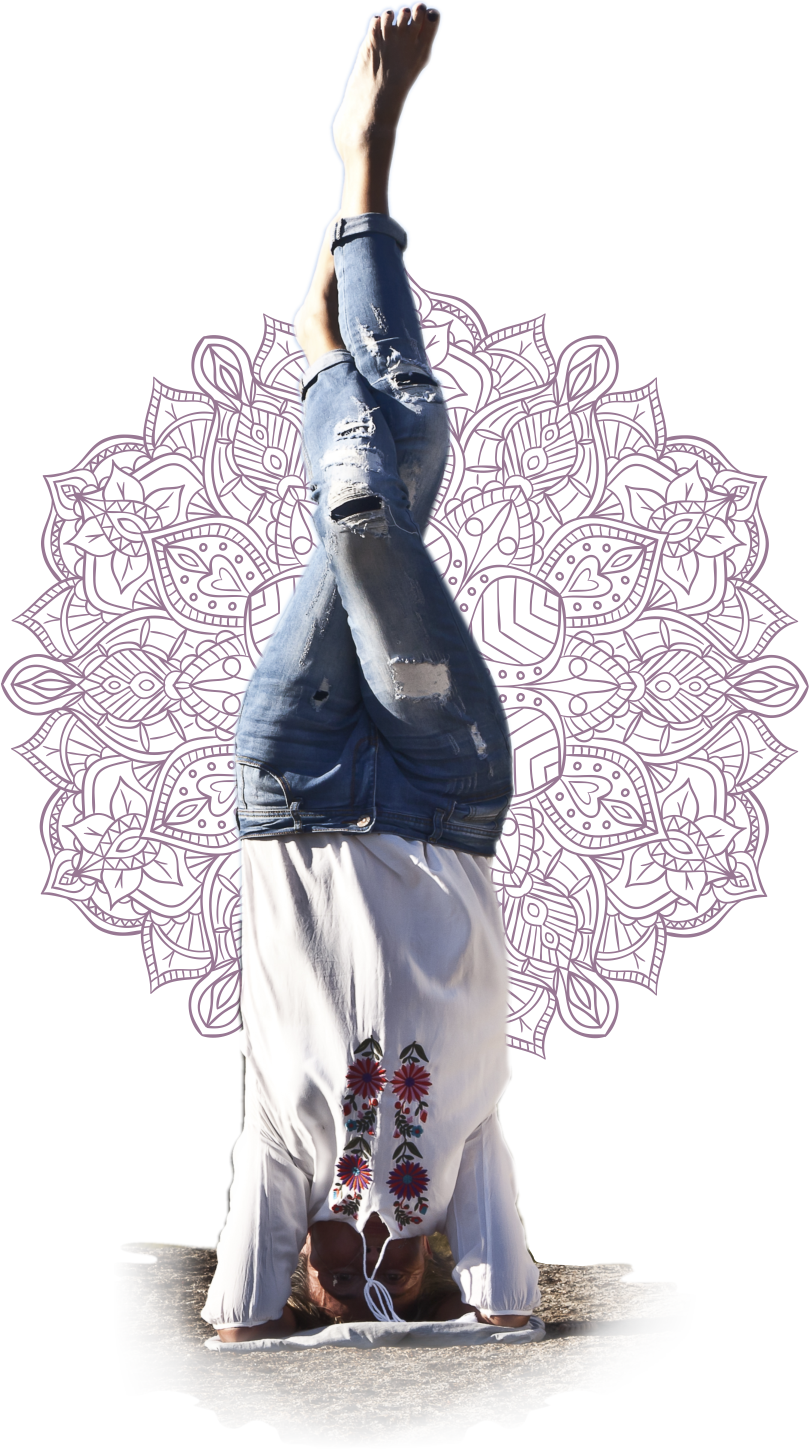“The best things in life ARE NOT THINGS”
What Yoga Is
The word yoga comes from Sanskrit, an ancient Indian language. It is a derivation of the word yuj, which means yoking, as in a team of oxen. In contemporary practice, this is often interpreted as meaning union. Yoga is said to be for the purpose of uniting the mind, body, and spirit.
How can this union be achieved? Meditation is one way, but sometimes it is necessary to prepare the body for meditation by stretching and building strength. This is the physical practice of yoga, also known as asana.
Most modern yoga practices rely heavily on the Yoga Sutras of Patanjali, a series of aphorisms composed 400 CE, as the basis for their philosophies. Patanjali classifies asana as one of the eight “limbs” of yoga, the majority of which are more concerned with mental and spiritual well-being than physical activity.
Many people think that yoga is just stretching. But while stretching is certainly involved, yoga is really about creating balance in the body through developing both strength and flexibility. This is done through the performance of poses or postures, each of which has specific physical benefits. The poses can be done quickly in succession, creating heat in the body through movement (vinyasa-style yoga) or more slowly to increase stamina and perfect the alignment of the pose. The poses are a constant, but the approach to them varies depending on the yoga tradition in which the teacher has trained or chose to work.
The beauty of yoga is your individual experience, as it develops over time. It is a forever evolving and changing experience that will never get boring. Although the poses themselves do not change, your relation to them will. Anyone can start a yoga practice, even if you don’t feel like you are very flexible or strong. These things will improve the longer you practice. One of the most difficult, but ultimately most liberating, things about yoga is letting go, not only of the ego but of a lot of things that don’t serve us.

Hatha yoga is
The word hatha is Sanskrit and means “discipline of force” and refers to a set of physical exercises (asanas or postures) designed to align your skin, muscles, and bones. Hatha Yoga is a ancient practise that develops strength, flexibility, bodily relaxation, and mental concentration.
Hatha can also be translated into “sun” and have the meaning “moon”. This refers to the balance of masculine aspects – active, hot, sun – and feminine aspects – receptive, cool, moon – within all of us. Hatha yoga is a path toward creating balance and uniting opposites. In our physical bodies we develop a balance of strength and flexibility. We also learn to balance our effort and surrender in each pose.
Hatha yoga is a powerful tool for self-transformation. It asks us to bring our attention to our breath, which helps us to still the fluctuations of the mind and be more present in the unfolding of each moment.
Yoga to me
As you may know, there are many paths leading to a rewarding yoga experience. Some more meditative, some more physically challenging. Being an equally spiritual and physical person, I have always been attracted to the discipline that embraces the powers of breathing and mindfulness. Hence, Hatha Yoga is my foremost discipline of choice. With this my foundation, I continuously add my personal interpretation and adapt to the changes that occur along my journey.
On that note, it is important to remember that among all the disciplines and variations of yoga and the ever-growing number of instructors, you have to find your own way and find the style and instructor that makes you grow and be able to enjoy the benefits achieved with yoga. The experience is personal and nobody can tell you what is right for you. You will know it when you find it … I did.
Inspiration
Here I will share not only yoga but everything else like nature, animals, great human beings and friends, food and recipes as well as spiritual and philosophical ideas that make this journey in life so inspiring …

